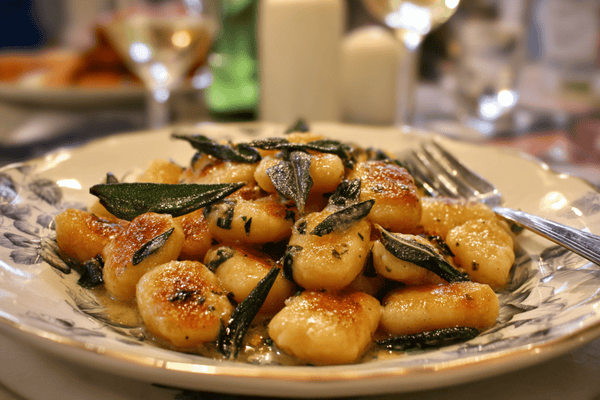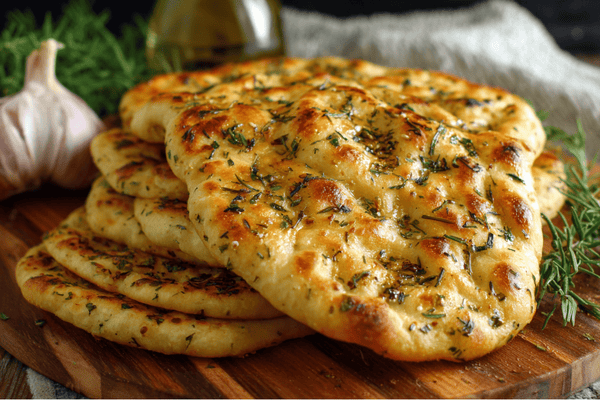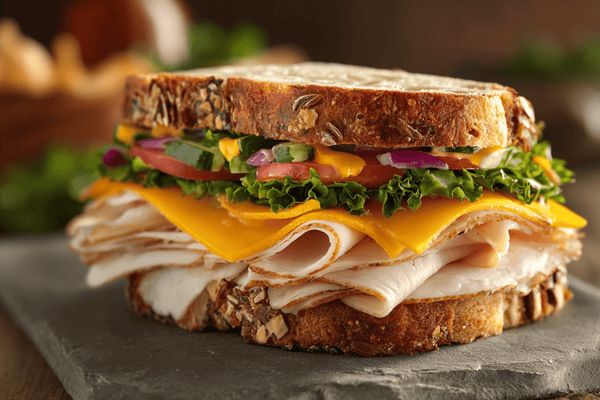 A carving knife is a must-have item for anyone who regularly cuts meat. These large, sharp knives make the task a lot easier and when you get a good quality one, you’ll wonder how you ever managed without it.
A carving knife is a must-have item for anyone who regularly cuts meat. These large, sharp knives make the task a lot easier and when you get a good quality one, you’ll wonder how you ever managed without it.But finding the best carving or slicing knife for your needs can be tricky. There are a lot of inferior products out there and if you find yourself lumbered with one of these, it won’t do what you expected. That’s why finding the best carving knives requires a little research and knowledge.
If you’re about to buy one, don’t let the idea of having to do a little work put you off. We’ve put together this guide on finding the best carving knife so you have all of the information in one place.
Table of contents
What Is a Carving Knife and Do I Need One?
A good carving knife is one of the larger blades in your kitchen and can measure anywhere between 20cm and 38cm. Normally, these knives have a sharp pointed tip. That said, we have seen some examples of carving knives that have a rounded tip. Generally speaking, these rounded knives are better when you need to cut around bone whereas a pointed tip works best for slicing things like ham and roast beef.If you choose a carving knife with a pointed tip then you’ll notice that it’s a lot more versatile. These knives are ideal for cutting everything from poultry to lamb and pork through to cold meat and even fish.
A lot of carving knives come with a fork to make cutting meat even easier as these tools will stop the meat from slipping off your cutting board.
If you have been considering whether to buy a carving knife or not then you need to ask yourself how frequently you cut meat. Unless you are a vegetarian or vegan, the chances are that you’ll get a lot of use out of a carving knife and it’s something that I’d highly recommend having in your kitchen.
What Do the Best Carving Knives Look Like?
 As with anything, carving knives come in all different levels of quality. Some are very expensive and cut like a dream while others are incredibly cheap and do nothing more than a butter knife. Most domestic chefs will buy a mid-priced carving knife and the quality of these is usually pretty decent. Of course, there are exceptions to this so it’s worth considering the following features to make sure you’re getting exactly what you need.
As with anything, carving knives come in all different levels of quality. Some are very expensive and cut like a dream while others are incredibly cheap and do nothing more than a butter knife. Most domestic chefs will buy a mid-priced carving knife and the quality of these is usually pretty decent. Of course, there are exceptions to this so it’s worth considering the following features to make sure you’re getting exactly what you need.
Knife Size
When buying a carving knife, you have to remember that the blade must be compatible with what you’re cutting. By this, I mean that it needs to be big enough to cut through the meat. If it isn’t then you may need to saw the meat rather than slice it. The problem with this is that it can ruin the appearance of the meat by tearing it.On the other hand, you don’t want to go too big as this can result in a loss of control over the knife. You’ll likely find that it feels awkward in your hand.
However, the size of the knife will depend on what type of carving knife you are buying. For example, if you use a manual knife, you’ll probably want something that is around eight inches and that’s only if you’re cutting smaller joints or things like chicken. Once the pieces of meat start to get bigger, your blade needs to get bigger and you may find that you need something that’s around ten inches.
But for those of you that prefer an electric carving knife, the blade is naturally going to be longer. Moreover, once the entire knife is assembled, you could be looking at something that’s as long as 18 inches.
Manual or Electric?
As I have just mentioned, carving knives may be manual or they may be electric. Manual blades tend to be made from steel and will curve to the tip. The great thing about these carving knives is that they allow the user good control to slice through meat with a single, smooth stroke.Generally speaking, manual carving knives will deliver a much cleaner cut as their smooth edges eliminate any risk of tearing or ripping.
The best electric carving knife offers power and is, for many people, a more convenient way of cutting meat. These knives have two blades, again made from steel, which are connected and secured with rivets.
These rivets sit on channels and when the power is on, it allows the blades to move back and forwards against one another. The blades are inserted into the handle where the motor is also located.
The problem with an electric carving knife is that the blades are serrated so there is a risk of tearing the meat. However, they do make cutting a lot quicker and easier. Many modern electric carving knives are fitted with pressure sensors so the speed will automatically adjust depending on what you’re cutting.
If you’re working with a larger piece of meat then a serrated electric knife is often the best choice.
What is the Blade Made From and How Is It Designed?
 You’ll find that pretty much all carving knives come with a steel blade. But this doesn’t mean that they’re all the same.
You’ll find that pretty much all carving knives come with a steel blade. But this doesn’t mean that they’re all the same.Steel is a type of iron alloy; carbon is added and how much of this is present in the steel determines how hard it is. If the blade is hard then it will retain its edge a lot better and this is a sign of good quality.
That said, high-carbon steel blades may be super sharp and need less maintenance but they are more prone to damage. This is because hard steel is much more brittle and can easily chip. So you will need to be more careful when using these blades.
When looking at the hardness of steel, we use the Rockwell Hardness Scale. In most cases, a carving knife will score around 56 on this scale which means that it’ll keep its sharp edge well without being so hard that it’ll chip every time you have to cut near a bone.
If you look at a carving knife, you’ll notice that the blade is typically thinner and more narrow than something like a chef’s knife, and with a slightly curved blade. This is because this design allows you to cut through meat more easily and without causing damage to the flesh. What’s more, you’ll get much greater precision.
When looking at knife design, it’s worth considering whether you want grantons, or divots, on the knife as this will stop food from sticking to the knife and will reduce drag, making it even easier to cut.
Finally, where design is concerned, it’s really important to think about the cutting angle. This is essential for any knife but with a carving knife, it can be the difference between a clean cut and something more ragged. Normally, we’d suggest looking for a carving knife with a cutting angle between 14 and 20 degrees. Keep in mind that a small cutting angle will result in a sharp knife.
Don't Forget the Handle
 We’ve said it before and we’ll say it again; the blade isn’t the only important design aspect to consider when buying any kind of knife. The handle is just as important because if it’s not good quality then it’s going to make using the knife uncomfortable and unpleasant.
We’ve said it before and we’ll say it again; the blade isn’t the only important design aspect to consider when buying any kind of knife. The handle is just as important because if it’s not good quality then it’s going to make using the knife uncomfortable and unpleasant.The great thing is that there is such a wide choice when it comes to carving knife handles; this includes different materials and designs.
Wooden handles are great because they feel comfortable and look amazing but do keep in mind that they aren’t as easy to keep clean as things like plastic or steel. These require nothing more than a wipe-over with warm soapy water whereas this isn’t always the best approach with wood. You may need to apply oil to keep it in the best condition and some people don’t want this added maintenance.
The best carving knives will have a full tang. This means that the blade and inner handle are made from a single piece of metal. The benefit of this is improved durability.
You’ll notice that a lot of carving knives have a plastic handle and this is very durable. What’s more, these usually conform to the shape of your hand so they’re a lot more comfortable to use and you’ll get a better grip on the knife.
When buying a carving knife, we’d also recommend making sure that there is some sort of guard to stop your hand from slipping and coming into contact with the sharp blade.
Is a Carving Knife the Same As a Slicing Knife?
One thing that a lot of people get confused about whether a carving knife is the same as a slicing knife. However, the reality is that they’re two entirely different tools and it’s important to be aware of the differences when you’re in the market for the best carving knife.Carving knives are used to carve or slice large pieces of meat. You’ll often see them around the table for the Sunday roast or at Christmas time. They’re great for meat with bones and have a long, thin blade that usually tapers to a point.
Compared to a chef’s knife, the carving knife is a lot more flexible and thinner. The benefit of this is that it’s a lot easier to cut around bones and cartilage. While it would be possible to do this with a chef’s knife, a carving knife makes it that little bit easier.
Where people get confused is that a slicing knife can look very similar to a carving knife as they both have long, narrow blades. But if you look a little more closely, you will see that there are some key differences.
The slicing knife has a rounded tip. While some carving knives have this feature, it’s a lot more common for them to have a pointed tip. What’s more, slicing knives are a lot more likely to have grantons than carving knives and this stops the food from sticking to the blade while you cut.
If you are looking for a versatile knife then you’d probably use a slicing knife. They’re ideal for cutting much thinner slices and can be indispensable when carving a roast joint. However, they’re also brilliant for softer foods such as terrine and even fruit and vegetables.
However, the major downside of the slicing knife is that it’s just no good for cutting through bones. Its flexibility and narrow design just don’t make it compatible with this type of work. Moreover, you’d struggle to use this knife for more precise tasks or delicate jobs like peeling.
Final Thoughts
If you need to cut meat, you could, in theory, do this with a chef’s knife but why would you do that when there are knives made especially for this task? The carving knife is a long, narrow blade with a pointed tip that’s perfect for carving up cooked and raw meats.The best carving knives have some distinct features so it’s worth checking these out before you commit to buying.
Moreover, you should figure out whether it’s really a carving knife that you need or whether you may benefit more from using a slicing knife. While the two are often confused, they do have their own specific uses.


